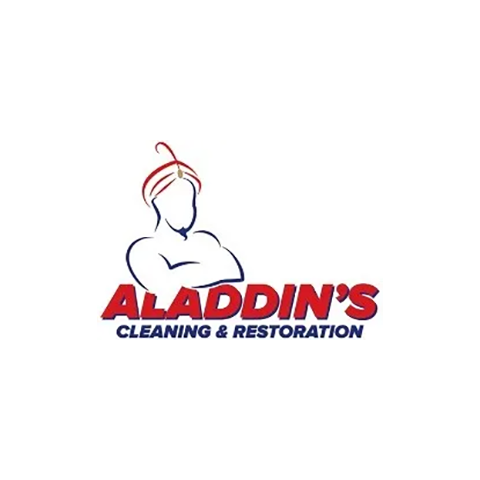Mold remediation steps are important to know. Although you will want to hire a professional Michigan mold remediation company to do the work, you will want to know how the process works.
Mold remediation is the process of removing mold growth and addressing the underlying causes to prevent its recurrence. Here are the general steps involved in mold remediation:

- Assessment: Begin by inspecting the affected area to identify the extent of the mold growth and determine the underlying causes, such as moisture or water intrusion. Assess the type of mold present and the potential risks associated with it.
- Containment: To prevent the spread of mold spores to unaffected areas, set up containment measures. This involves sealing off the affected area using plastic sheeting and creating a negative air pressure environment with the help of air filtration devices.
- Personal Protective Equipment (PPE): Mold can be hazardous to health, so it’s essential to wear appropriate personal protective equipment. This may include gloves, goggles, respirators, and disposable coveralls to minimize exposure.
- Moisture Control: Address the source of moisture or water intrusion that caused the mold growth. This may involve fixing leaks, improving ventilation, or addressing any other issues contributing to excessive humidity.
- Mold Removal: Depending on the extent of the mold growth and the affected materials, removal methods may vary. Non-porous materials like glass or metal can usually be cleaned and disinfected, while porous materials like drywall or carpeting may need to be removed and discarded.
- Cleaning and Disinfection: Thoroughly clean all affected surfaces using appropriate antimicrobial solutions or detergents specifically designed for mold removal. Ensure that all visible mold is removed, and the area is properly disinfected.
- Air Filtration: Use high-efficiency particulate air (HEPA) filters and air scrubbers to filter out airborne mold spores and improve air quality during the remediation process.
- Drying and Dehumidification: After removing the mold, dry the area completely to prevent any remaining moisture from promoting further mold growth. Use dehumidifiers or fans to aid in the drying process.
- Restoration: If any materials were removed during the remediation process, such as drywall or flooring, replace or repair them as necessary. Ensure that the affected area is restored to its pre-mold condition.
- Post-Remediation Verification: After completing the remediation, conduct a final inspection to confirm that all mold has been properly removed and the affected area is safe for occupancy. Consider hiring a professional mold inspector or industrial hygienist for a thorough assessment.
It’s important to note that mold remediation can vary depending on the specific circumstances, the severity of the mold growth, and local regulations. It’s recommended to consult with professionals experienced in mold remediation to ensure effective and safe handling of the situation.


